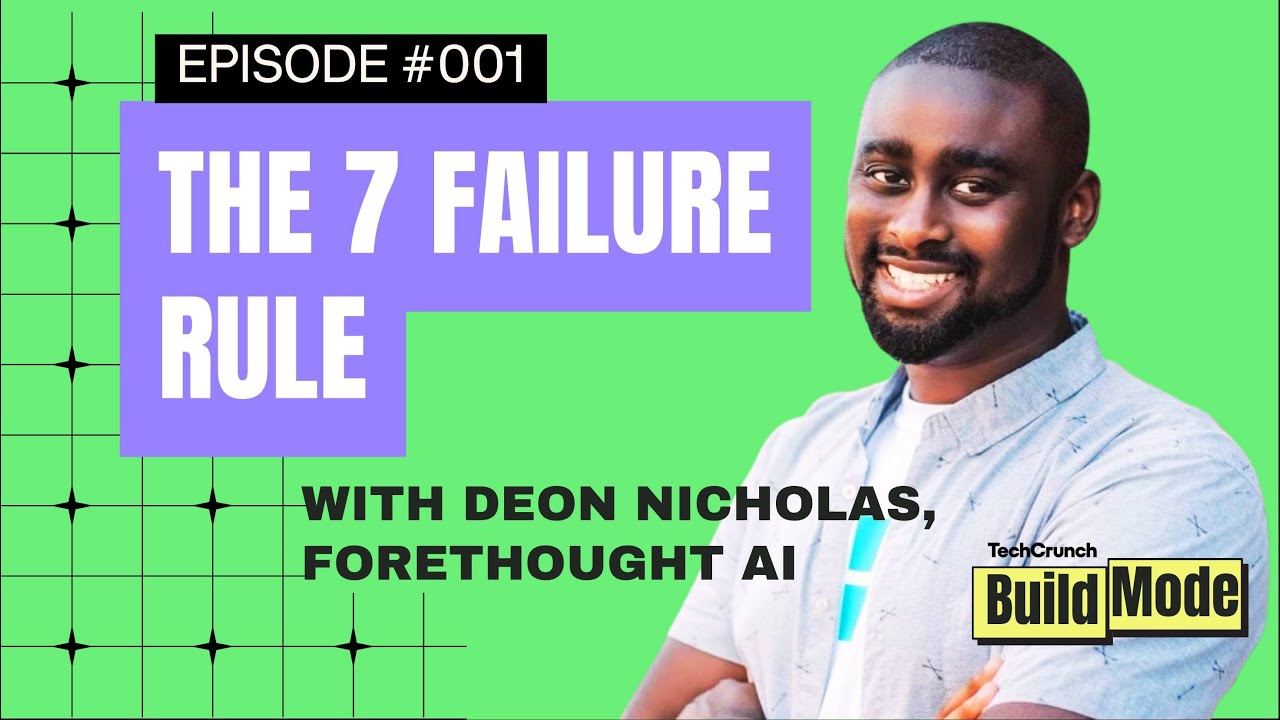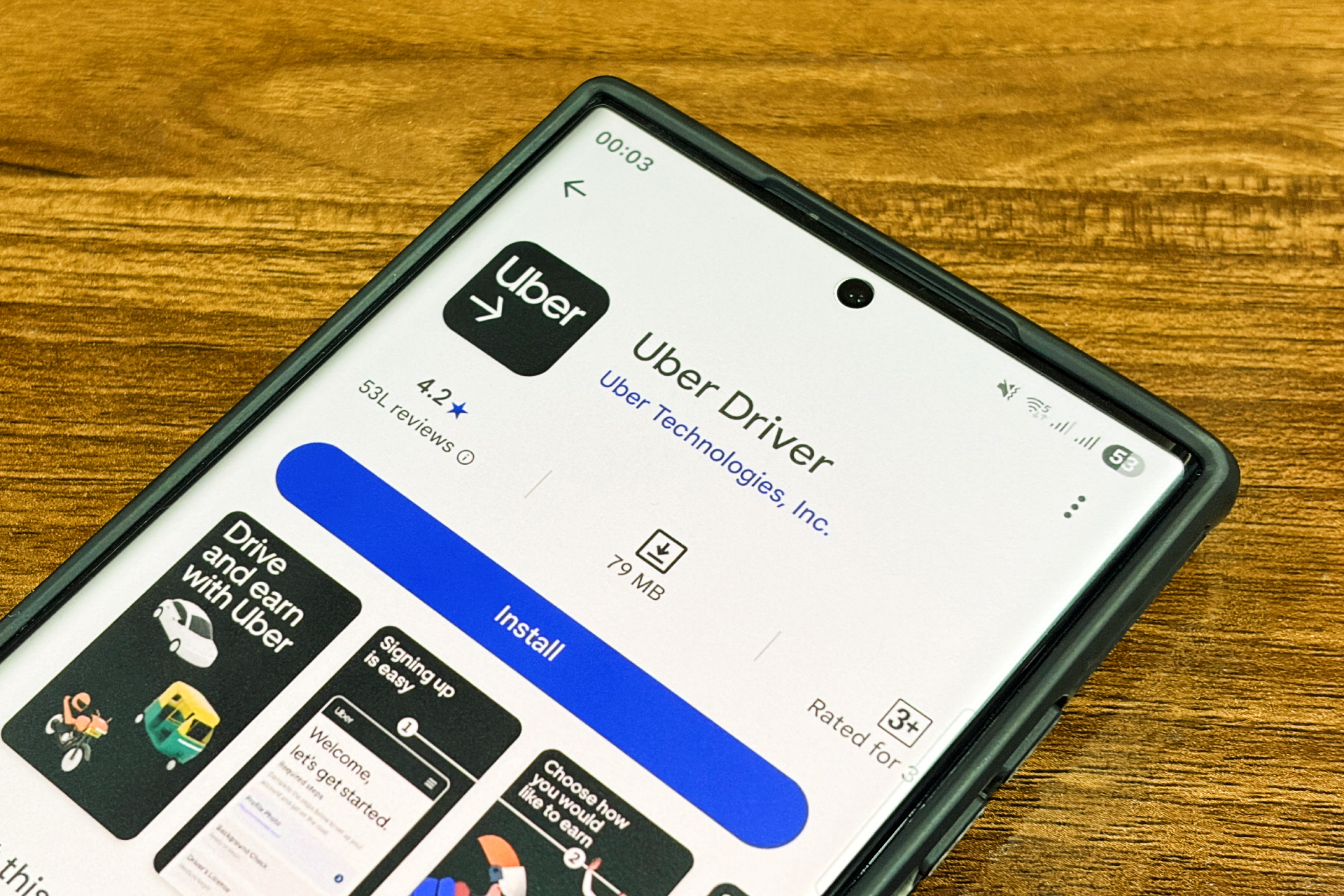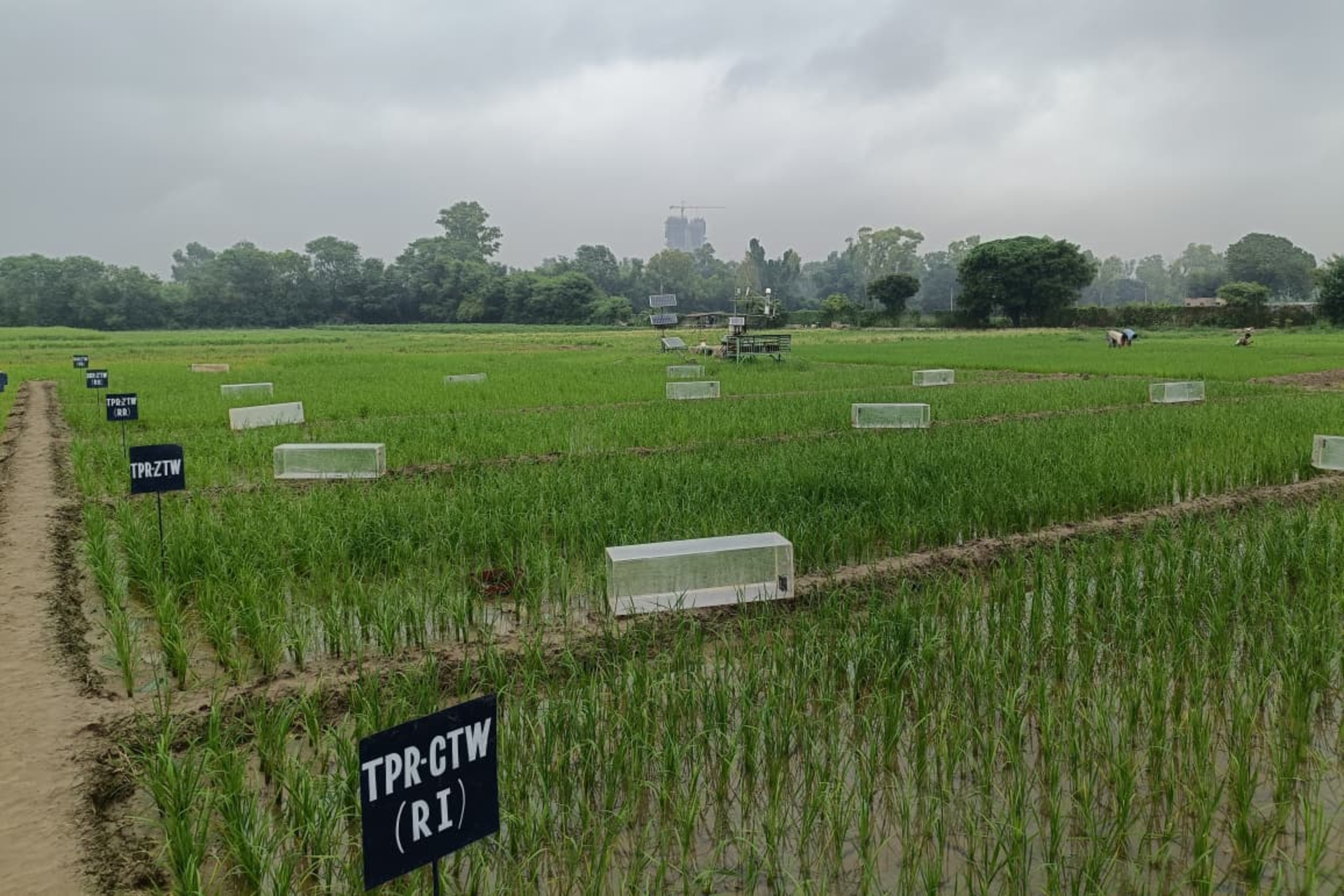
A new digital venture, diVine, is poised to resurrect the iconic six-second video format of the defunct platform Vine, with financial backing from Twitter co-founder Jack Dorsey. Launching this Thursday, the application promises users a nostalgic journey through a restored archive of over 100,000 original Vine videos, while simultaneously offering tools for creating and sharing new content. Crucially, diVine distinguishes itself by implementing a strict policy against generative artificial intelligence, actively flagging and preventing the upload of suspected AI-created material, a direct counterpoint to the growing prevalence of synthetic content across mainstream social media platforms.
The Return of a Cultural Phenomenon
Vine, initially launched in January 2013, rapidly captured the imagination of internet users with its innovative approach to short-form video. Acquired by Twitter just months before its public debut, the platform carved out a unique niche by limiting videos to a mere six seconds, played on an endless loop. This constraint fostered an explosion of creativity, giving birth to a distinctive comedic style and a legion of internet celebrities who honed their craft within its brief temporal confines. Vine became a cultural touchstone, generating countless memes, catchphrases, and an entirely new lexicon of digital humor that permeated popular culture. Its influence on subsequent short-form video applications, most notably TikTok, is undeniable, demonstrating the power of concise, engaging content in an increasingly attention-scarce digital landscape.
Despite its initial success and profound cultural impact, Vine’s journey was ultimately cut short. By late 2016, Twitter announced its decision to discontinue the mobile app, citing strategic shifts and a failure to adequately monetize its vast user base and content creators. The closure, which officially took place in January 2017, left a void in the social media ecosystem and sparked widespread lament among its loyal community. Many of its star creators migrated to other platforms like YouTube, Instagram, and eventually TikTok, taking Vine’s creative spirit with them, but the original platform’s unique charm was lost. The demise of Vine served as a stark reminder of the ephemeral nature of digital platforms and the challenge of preserving online cultural heritage.
A New Chapter with a Familiar Format
The impetus for diVine comes from "and Other Stuff," a non-profit organization established in May 2025 by Jack Dorsey. This entity is dedicated to funding experimental, open-source projects and developing tools intended to reshape the social media environment. Evan Henshaw-Plath, an early Twitter employee known as "Rabble" and a key member of "and Other Stuff," spearheaded the technical effort to revive Vine’s digital ghosts. His work began by exploring an archive of Vine videos diligently preserved by the Archive Team, a grassroots collective focused on saving internet content at risk of being lost. This independent archiving project, distinct from Archive.org, had saved Vine’s content as massive 40-50 gigabyte binary files, rendering them largely inaccessible to the average user.
Rabble embarked on a months-long endeavor, developing intricate big data scripts to parse and reconstruct these binary files. His goal was to extract not only the video content but also associated metadata, including information on original Vine users, viewership figures, and a significant portion of the original comments. While the reconstruction process could not retrieve every single video, particularly from the "long tail" of less popular content, such as millions of K-pop-focused videos that were never fully archived, it successfully restored a "good percentage" of the most popular Vines. The current iteration of diVine boasts approximately 150,000 to 200,000 videos from about 60,000 original creators, a substantial, though not exhaustive, portion of Vine’s original library, which once housed millions of users and creators.
Prioritizing Authenticity in an AI-Driven World
In a landscape increasingly populated by sophisticated generative artificial intelligence, diVine’s most distinctive feature is its uncompromising stance against AI-created content. As platforms like OpenAI’s Sora and Meta AI demonstrate the capability to produce highly realistic images and videos, concerns about content authenticity, the spread of misinformation, and the dilution of genuine human expression have grown exponentially. Many established social media apps struggle with effective labeling and moderation of AI-generated content, often resulting in a confusing mix of human and synthetic material in user feeds.
DiVine aims to offer a clear alternative. The platform will actively identify and block suspected generative AI content from being posted, ensuring that all new videos uploaded are verifiably human-made. To achieve this, Rabble has integrated technology from the Guardian Project, a human rights non-profit known for its work in secure communications and digital verification. This technology helps to confirm that uploaded content was indeed recorded on a smartphone, along with other proprietary checks designed to ascertain human origination. This commitment reflects a broader yearning among some users for a more authentic and transparent online experience, where the provenance of content is clear.
"Companies see the AI engagement and they think that people want it," Rabble articulated, reflecting on the current digital climate. "They’re confusing, like — yes, people engage with it; yes, we’re using these things — but we also want agency over our lives and over our social experiences. So I think there’s a nostalgia for the early Web 2.0 era, for the blogging era, for the era that gave us podcasting, the era that you were building communities, instead of just gaming the algorithm." This sentiment underscores diVine’s philosophical underpinning: a desire to return to a perceived golden age of social media, characterized by genuine connection and user control, rather than algorithmically-driven engagement optimized for profit.
The Decentralized Ethos and Creator Rights
Beyond its anti-AI stance, diVine is built upon the Nostr protocol, a decentralized, open-source network championed by Jack Dorsey. This architectural choice is central to Dorsey’s vision for the future of social media, emphasizing permissionless protocols that are resilient to single points of failure and corporate censorship. The open-source nature of diVine means that developers can freely establish their own applications, run independent hosts, relays, and media servers, fostering a more distributed and user-controlled ecosystem.
Jack Dorsey himself commented on this philosophy: "Nostr — the underlying open source protocol being used by diVine — is empowering developers to create a new generation of apps without the need for VC-backing, toxic business models or huge teams of engineers. The reason I funded the non-profit, and Other Stuff, is to allow creative engineers like Rabble to show what’s possible in this new world, by using permissionless protocols which can’t be shut down based on the whim of a corporate owner." This statement positions diVine not just as a Vine reboot, but as a proof-of-concept for a fundamentally different model of online interaction.
Regarding content ownership, diVine asserts that original Vine creators retain the copyright to their work. The platform has established a mechanism for creators to reclaim their accounts and manage their content. This includes sending a DMCA takedown request for videos they wish to have removed from the archive, or verifying their identity by demonstrating control over social media accounts originally linked in their Vine bios. While this process is not fully automated and may experience delays if a large volume of requests arise, it underscores a commitment to creator rights. Once verified, creators can also upload new content or add old videos that might have been missed during the initial restoration.
Navigating the Competitive Landscape and Legal Waters
The launch of diVine enters a competitive and evolving social media landscape. The dominant force in short-form video, TikTok, has cultivated an immense global audience with its sophisticated algorithm and extensive creator tools. Meta’s Instagram Reels and YouTube Shorts also command significant market share. DiVine’s 6-second format, while nostalgic, will face the challenge of proving its relevance and appeal to a new generation of users accustomed to longer, more feature-rich video platforms. Attracting new users beyond the immediate wave of Vine nostalgic enthusiasts will be critical for long-term viability.
Furthermore, the legal implications of restoring an extensive archive of content, even with a stated fair use belief and takedown options, could present a complex challenge. While diVine’s team believes their use of publicly archived content, where creators retain copyright, falls under fair use, the intricacies of digital content rights are often subject to legal interpretation. This situation is further complicated by Elon Musk, current owner of Twitter/X, who also publicly expressed intentions in August to bring back Vine’s archive, stating the company had rediscovered it. However, no public launch has materialized from X to date, creating a race to re-establish the Vine legacy.
The question of monetization and long-term sustainability for a non-profit, open-source platform also looms. Without traditional venture capital backing or a "toxic business model" reliant on advertising and data exploitation, diVine will need to explore alternative funding mechanisms to maintain its infrastructure and continue development. This might involve donations, community contributions, or innovative decentralized economic models.
Despite these challenges, diVine represents a significant experiment in the evolving world of social media. It taps into a powerful vein of nostalgia, offers a clear ethical stance against the proliferation of AI-generated content, and champions a decentralized, user-centric vision for online interaction. As the app becomes available on both iOS and Android platforms via diVine.video, its reception will offer valuable insights into whether a return to the roots of short-form video, coupled with a commitment to authenticity and open-source principles, can carve out a meaningful space in the hyper-competitive digital arena.





